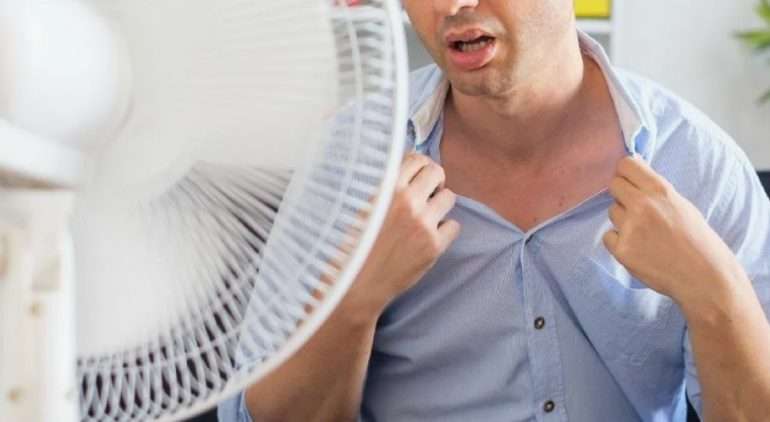Alex Curry is a familiar face to sports enthusiasts, a dynamic and engaging personality known for her insightful commentary and sideline reporting. But beyond her professional achievements, many are curious about her personal life, particularly her husband. The intrigue surrounding Alex Curry’s husband stems from a natural interest in the lives of public figures and the desire to connect with them on a more human level. While Alex herself maintains a degree of privacy, let’s delve into what is publicly known about her relationship and explore the fascinating world beyond the sidelines of sports broadcasting.
Who is Alex Curry’s Husband?
While Alex Curry is a prominent figure, her husband prefers a life away from the spotlight. Information about him is deliberately kept private, respecting his desire for anonymity. This is a common practice for partners of celebrities who may not be comfortable with the level of public scrutiny that comes with fame. It’s important to respect her and her husband’s privacy regarding this personal matter.
Respecting Privacy in the Digital Age
In the age of social media and constant connectivity, maintaining privacy can be a challenge, especially for those in the public eye. Alex Curry and her husband have successfully navigated this challenge, demonstrating a commitment to protecting their personal lives. It’s a reminder that even though we see celebrities on television or online, they are still entitled to a private sphere.
The Importance of Boundaries
- Maintaining a healthy work-life balance.
- Protecting personal relationships from unnecessary scrutiny.
- Ensuring a sense of normalcy and privacy.
Focusing on Alex Curry’s Accomplishments
Instead of focusing solely on her personal life, it’s crucial to acknowledge Alex Curry’s impressive career achievements. She has consistently proven herself as a knowledgeable and skilled sports broadcaster, earning the respect of her peers and the admiration of fans. Her dedication to her craft and her passion for sports are evident in her work.
Alex Curry’s Impact on Sports Broadcasting
Alex Curry has made a significant impact on the sports broadcasting landscape, bringing her unique perspective and energy to the field; She serves as an inspiration to aspiring journalists and broadcasters, demonstrating that hard work and dedication can lead to success. Her ability to connect with athletes and fans alike has made her a valuable asset to any broadcast team.
Ultimately, while curiosity about Alex Curry’s husband is understandable, it’s important to respect their privacy. Instead, let’s celebrate Alex Curry for her accomplishments and the positive impact she has on the world of sports broadcasting.
Therefore, consider shifting your focus from the unknown details of her marital life to the tangible contributions she makes to the sporting world. Appreciate her insightful analysis, her engaging on-air presence, and her dedication to delivering compelling sports stories.
Alternatives to Speculation: Engaging with Alex Curry’s Work
Instead of searching for information about her husband, why not explore the wealth of content she has created? Engage with her work in a more meaningful way. There are several avenues you can pursue:
- Watch her broadcasts: Pay attention to her analysis and commentary during games.
- Follow her social media: Engage with her posts related to sports and her career.
- Read her interviews: Gain insights into her perspective on the industry and her professional journey.
Understanding the Nuances of Sports Journalism
By focusing on Alex Curry’s professional endeavors, you can also learn more about the field of sports journalism itself. Observe her interviewing techniques, her ability to handle live broadcasts, and her knowledge of various sports. This provides a far more enriching experience than simply speculating about her personal life.
A Reminder of Ethical Considerations
It’s important to remember that even public figures deserve a certain level of privacy. When we prioritize their accomplishments and contributions over their personal lives, we contribute to a more respectful and ethical media landscape. Focus on the aspects of their lives they choose to share, and respect the boundaries they set.
As we conclude, let’s remember that the real story lies not in the unknown identity of Alex Curry’s husband, but in her own remarkable achievements. Value her professional contributions, respect her privacy, and celebrate her success in the demanding world of sports broadcasting. The true measure of a person is not found in their spouse, but in their own actions and accomplishments.






